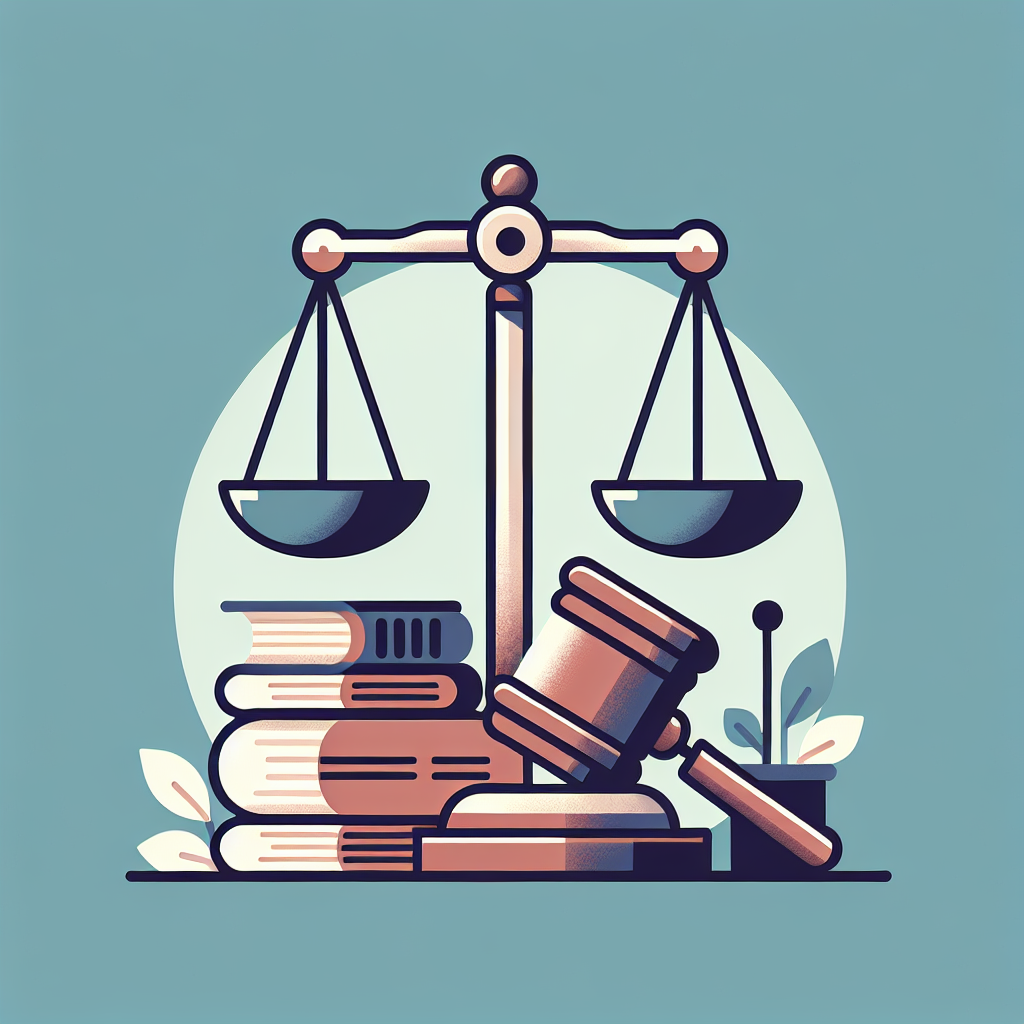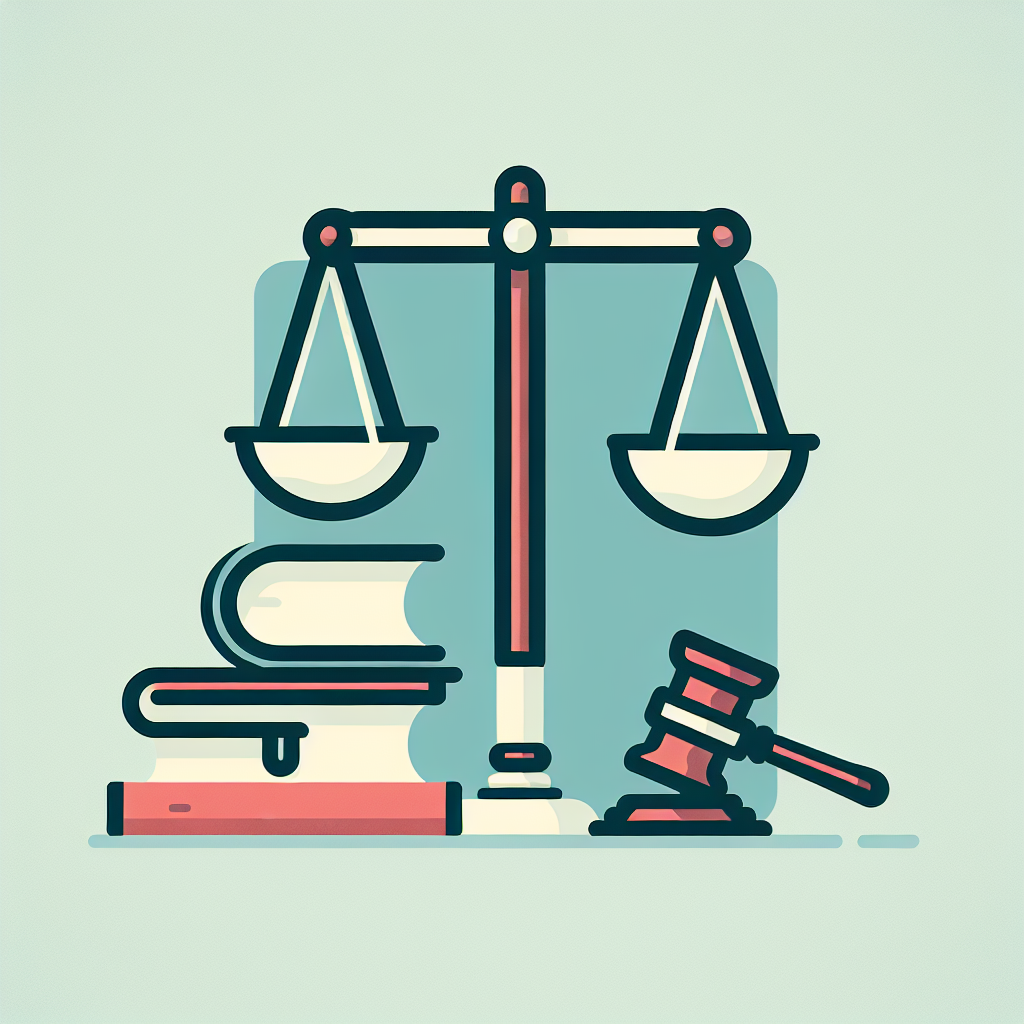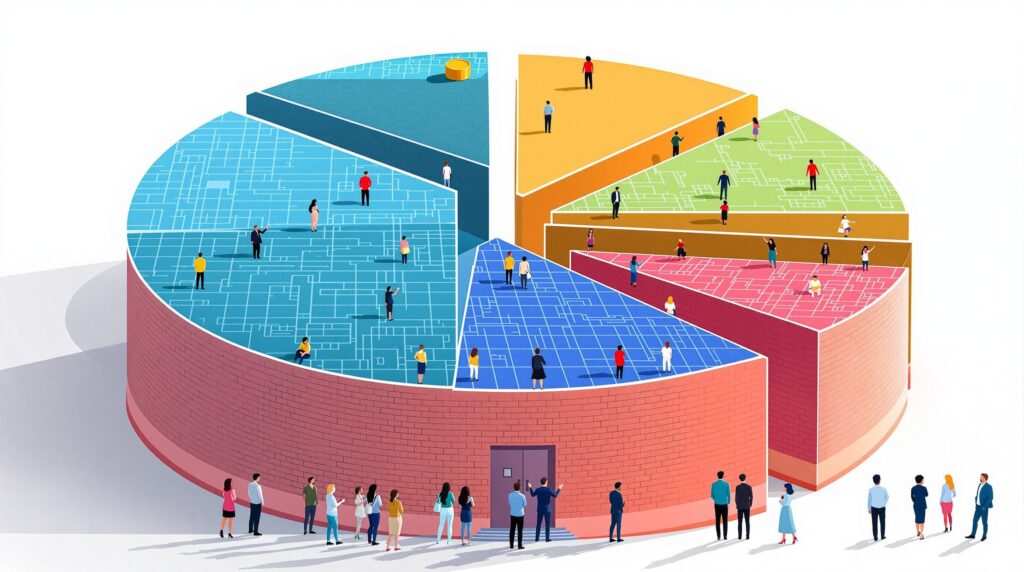[rev_slider alias=”slider-1″][/rev_slider]
The Rise of Layer 1 Blockchains in Web3
In a rapidly evolving digital landscape, Layer 1 blockchains are emerging as foundational pillars of the Web3 revolution. As we delve deeper into the age of decentralization, understanding the pivotal role of these primary blockchain platforms is essential. But what exactly are Layer 1 blockchains, and why are they so crucial to the future of the internet and digital transactions? Let’s explore this transformative technology and its potential to reshape our digital infrastructure.
Understanding Layer 1 Blockchains
At its core, a Layer 1 blockchain is a set of solutions implemented directly on the base protocol of the blockchain to improve its scalability and functionality. Essentially, these are the bedrock upon which various applications and secondary protocols are built. Popular examples include Bitcoin, Ethereum, Cardano, and more. Each of these blockchains operates its own network with its own technology stack, consensus mechanism, and security protocols.
Why is scalability significant in blockchains? Scalability determines a network’s capacity to handle a growing amount of work or its potential to accommodate more transactions, which is pivotal as the blockchain ecosystem expands.
Challenges Facing Layer 1 Solutions
Despite their advantages, Layer 1 blockchains face significant challenges, primarily related to scalability. As more users join and interact on these platforms, the systems need to manage increased loads without compromising on speed or security. The infamous network congestion on Ethereum, resulting in high gas fees during peak usage, is a prime example of scalability issues.
Innovations and Solutions in Layer 1 Blockchains
To address these challenges, several innovations and enhancements are being integrated into Layer 1 blockchains. Sharding, which breaks the blockchain into smaller pieces or “shards” that process transactions parallelly, significantly boosts efficiency. Ethereum’s upcoming upgrades, collectively known as Ethereum 2.0, include sharding to improve its throughput.
Another innovation is the introduction of novel consensus mechanisms such as Proof of Stake (PoS) and Delegated Proof of Stake (DPoS). Unlike the energy-intensive Proof of Work (PoW) model used by Bitcoin, PoS and DPoS offer a more sustainable and cost-effective solution, reducing the overall energy consumption of blockchain networks.
Cardano, a notable player in the Layer 1 blockchain domain, utilizes the Ouroboros consensus algorithm, a pioneering PoS protocol that enhances security and scalability while being environmentally sustainable.
The Comparative Advantage of Layer 1 Blockchains
Layer 1 blockchains hold a critical comparative advantage in terms of security and decentralization. Being the foundational layer, they are inherently more secure, which is a compelling factor for applications requiring high trust and security, such as financial services and health care records. Furthermore, these blockchains uphold the principles of decentralization, a cornerstone philosophy of the cryptocurrency movement.
Are Layer 1 Blockchains the Future?
As we continue to witness innovation within these platforms, it becomes apparent that Layer 1 blockchains are not only foundational but also pivotal in fostering the next generation of blockchain applications. Their continuous evolution is likely to propel the development of more robust, efficient, and scalable blockchain systems.
In conclusion, while challenges persist, the progress and optimizations made at the Layer 1 level are essential for the long-term sustainability and success of blockchains. With initiatives like Ethereum 2.0 and innovative consensus algorithms, the future of Layer 1 blockchains looks promising as they pave the path towards a decentralized and secure digital future.
Understanding Layer 1 and Layer 2 Blockchain Solutions
When venturing into the realm of blockchain technology, it’s essential to understand the foundational concepts that govern its infrastructure. Prominently, Layer 1 and Layer 2 solutions stand out as critical elements. But, what exactly differentiates these layers, and how do they contribute to the efficiency and scalability of blockchains? Let’s delve into a detailed exploration.
What is a Layer 1 Blockchain?
Layer 1 blockchains consist of the main architecture of cryptocurrency systems. These include popular networks like Bitcoin and Ethereum. Essentially, Layer 1 refers to the underlying main blockchain architecture. A major focal point for Layer 1 solutions is to improve the base protocol itself to enhance the overall scalability and functionality. This can involve changes in consensus protocols or implementing new features like sharding, where a database is partitioned to spread the load, thus boosting transaction speed and throughput.
Key Characteristics of Layer 1 Solutions:
- Consensus Algorithm Modifications: Changing the protocol by which consensus is reached on the network can significantly affect scalability. For instance, moving from Proof of Work (PoW) to Proof of Stake (PoS) not only increases transaction throughput but also enhances energy efficiency.
- On-Chain Scaling: This includes methods such as increasing block size or reducing the time between blocks to permit more transactions within the blockchain, hence increasing the sheer volume of transactions the system can handle.
- Sharding: Implementing sharding can dramatically increase the network’s capacity. This technique involves dividing the network into smaller, more manageable pieces, or shards, which can process transactions in parallel.
What is a Layer 2 Solution?
In contrast, Layer 2 solutions are built “on top” of the Layer 1 blockchain. The primary purpose of these solutions is to enhance scalability and transaction speed without having to alter the main blockchain protocol. Layer 2 solutions achieve this by taking transactions off the main ledger to reduce the burden. Afterward, transactions are settled as a single transaction on the Layer 1 blockchain.
Distinguishing Characteristics of Layer 2 Solutions:
- State Channels: These involve two-way communication channels between participants that hold transactions off-chain until the parties decide to close the channel. The final state of the transactions is then pushed to the main blockchain, conserving valuable block space.
- Nested Blockchains: Also known as child chains, these run parallel to the main chain and can handle many of the operations off the main blockchain, reporting back when necessary.
- Rollups: Rollups perform transaction execution outside the main chain but post transaction data on it. This method reduces the load on the main chain while ensuring that the security of the main chain envelops the transactions.
Layer 1 and Layer 2 solutions are not in competition but are complementary technologies that enhance the blockchain ecosystem’s scalability, efficiency, and overall functionality.
Conclusion:
The interplay between Layer 1 and Layer 2 solutions provides a robust architecture for blockchain networks, addressing fundamental issues like scalability, transaction speeds, and flexibility. By utilizing both layers effectively, blockchain networks can achieve much higher performance metrics while maintaining the decentralized ethos that is central to blockchain technology. Whether you are a stakeholder in the industry, a developer, or simply a tech enthusiast, understanding these layers is crucial for anyone involved in the blockchain space.
By strategically implementing Layer 2 solutions on top of stable and secure Layer 1 protocols, developers can create optimized systems that meet the modern demands of speed and efficiency without compromising on security or decentralization. It’s not just about choosing one over the other; it’s about the synergistic integration that elevates the capability of blockchain technology as a whole.
As the blockchain landscape evolves, staying informed about these foundational technologies will enable better decision-making and opportunities for innovation.
Embrace the dual-layered approach to blockchain architecture for a more scalable, efficient, and powerful digital future.
[rev_slider alias=”text-call-cta”][/rev_slider]
Technological Advancements Driving Layer 1 Blockchain Growth
In the rapidly evolving landscape of blockchain technology, Layer 1 blockchains are emerging as significant players. Their foundational role in the architecture of decentralized digital systems offers a robust platform for scalability and security advancements. Let’s delve into the innovations driving the growth of these foundational blockchains.
Layer 1 blockchains are the bedrock of the broader blockchain ecosystem, providing a decentralized platform where various applications, from cryptocurrencies to smart contracts, can operate seamlessly.
Fostering Scalability through Consensus Algorithms
One of the core aspects of Layer 1 technology that has undergone significant advancement is its consensus algorithm. Traditional blockchain systems like Bitcoin use Proof of Work (PoW), which, while secure, faces challenges such as high energy consumption and lower transaction throughput. Innovations like Proof of Stake (PoS), Delegated Proof of Stake (DPoS), and other hybrid models offer more energy-efficient and faster transaction processes, which are essential for scalability.
For instance, Ethereum’s transition to Ethereum 2.0 marks a shift from PoW to PoS, aiming to enhance scalability and reduce energy consumption. This shift is expected to significantly increase transaction throughput, thereby accommodating more users and transactions without compromising on speed or cost.
Enhancing Interoperability between Blockchains
Interoperability refers to the ability of different blockchain networks to communicate and transact with one another without intermediaries. Advances in Layer 1 solutions now often include interoperability features, which are becoming increasingly crucial as the number of blockchain networks grows. Technologies such as blockchain bridges and protocols like Polkadot’s parachain model facilitate seamless interactions between distinct blockchains, enabling a more integrated and efficient ecosystem.
This interoperability not only enhances user experience but also broadens the horizons for developers to build cross-chain applications, fostering a more inclusive blockchain environment.
Implementing Enhanced Security Measures
As the foundation of all blockchain operations, Layer 1 solutions prioritize robust security protocols to prevent attacks and vulnerabilities. Innovations such as advanced cryptographic techniques and automated smart contract audits are being integrated to fortify security. For example, Quantum-resistant cryptography is becoming essential as quantum computing evolves, ensuring that blockchain solutions remain secure against future threats.
Enhanced security measures in Layer 1 blockchains ensure that as they scale and become more complex, they remain secure and trustworthy for users and developers alike.
Optimizing Speed with Layer 1 Enhancements
Transaction speed is pivotal for the widespread adoption of blockchain technology. Layer 1 enhancements, such as sharding, allow blockchains to process transactions in parallel, significantly speeding up transaction times and throughput. This is vital for applications that require real-time data processing, such as decentralized finance (DeFi) platforms and high-frequency trading systems.
For example, near-instant transaction speeds on blockchains like Solana are proving that Layer 1 innovations can support high-speed applications, making blockchain technology more appealing for enterprise solutions and consumer applications that require quick, efficient data processing.
Reducing Costs with Efficient Resource Utilization
Blockchain operations traditionally consume substantial resources, leading to higher costs. However, recent advancements in Layer 1 technologies focus on optimizing resource utilization to reduce these costs. Techniques like state pruning, which removes unnecessary data from the blockchain, and efficient consensus algorithms decrease the resources required for maintaining blockchain operations, thus lowering associated costs.
These cost reductions are crucial for smaller developers and businesses, democratizing access to blockchain technology and fostering a more diverse and vibrant ecosystem.
The ongoing advancements in Layer 1 blockchain technologies are setting the stage for a more scalable, secure, and user-friendly blockchain ecosystem, promising to enhance the utility and adoption of blockchain across various sectors.
In conclusion, the growth of Layer 1 blockchains is buoyed by continuous technological enhancements that address critical aspects such as scalability, interoperability, security, speed, and cost-efficiency. These innovations are pivotal in shaping the future of blockchain technology, making it more adaptable, robust, and primed for mainstream adoption.
The Future of Web3 with Layer 1 Blockchain Solutions
In the rapidly evolving world of digital technology, Layer 1 blockchain solutions stand out as foundational architectures that could shape the future of the decentralized internet, commonly known as Web3. These innovative platforms aim to address key issues like scalability, security, and decentralization, critical for achieving a truly distributed digital ecosystem. Let’s dive into how these technologies are paving the way for a new internet era.
“Layer 1 solutions are not just building blocks of blockchain technology; they are foundational pillars that ensure stronger, faster, and more resilient decentralized applications.”
The Promise of Scalability and Improved Performance
One of the most pressing challenges for blockchain technology has been scalability. As more users join networks, the need for systems that can handle an increasing number of transactions without compromising speed or security is paramount. Layer 1 solutions such as sharding and innovative consensus mechanisms enhance throughput and efficiency, making blockchain more practical for widespread adoption.
Enhancing Security Measures
Security remains a top priority in the blockchain space. Layer 1 blockchains enhance security protocols at the base level, implementing robust cryptographic techniques and consensus algorithms that fortify the network against attacks. This foundational security not only protects transactions but also builds trust amongst users and developers, fostering a safer Web3 ecosystem.
Decentralization: The Core of Layer 1
True decentralization remains the ultimate goal of blockchain technology, ensuring that no single entity has control over the entire network. Layer 1 solutions are at the forefront of this endeavor, providing a framework where power and control are distributed across all network participants, thereby enhancing transparency and fairness within the ecosystem.
Expert Opinions and Industry Adoption
Leading voices in technology and finance advocate for the adoption of Layer 1 blockchains, citing their potential to revolutionize industries by providing transparency, eliminating intermediaries, and reducing costs. Financial institutions are looking toward these platforms to streamline operations and secure transactions, while tech companies see an opportunity to build new digital services that protect user data.
Industry leaders predict that Layer 1 blockchains will be instrumental in advancing financial inclusion worldwide, offering untapped economic opportunities to millions.
Use Cases Transforming Industries
From finance to healthcare, Layer 1 blockchains are being tailored to suit the needs of various industries. In finance, these robust systems support everything from payment processing to complex contractual transactions, such as derivatives and cross-border trades. In healthcare, blockchains are securing patient data and enabling transparent medical research sharing.
With Layer 1 solutions, industries are not just adapting to new technologies; they are setting new standards for their future.”
The integration and implementation of Layer 1 blockchain networks signify a pivotal shift in how digital platforms uphold privacy, efficiency, and user sovereignty. As these platforms develop and mature, their role in shaping the internet’s future cannot be overstated. We are witnessing the groundwork of a new technological era that promises greater digital freedom and inclusivity, facilitating a truly global and connected world.
Conclusion
In conclusion, Layer 1 blockchains represent an essential evolution in the blockchain landscape, potentially catalyzing the widespread adoption of Web3. By tackling crucial issues such as scalability, security, and decentralization, these foundational platforms are not only redefining the capabilities of blockchain technology but are also setting a precedent for how future digital infrastructures will be built and maintained.
The progressive nature of Layer 1 solutions points to a future where Web3 could become as ubiquitous and essential as the internet is today. As we continue to observe and participate in this evolution, the impact of these technologies on our digital and real-world interactions remains a compelling narrative in the next chapter of the internet’s story.
[rev_slider alias=”schedule-consultation-btn”][/rev_slider]


Explore Other Practice Areas We Serve
Delve into our diverse expertise in sectors closely connected to Layer 1 and Layer 2 blockchain solutions.
List of Top-Rated Blockchain Solutions Attorneys Serving Jara
Choosing the right legal representation is crucial when navigating the complex landscape of blockchain solutions. Our team of experienced attorneys is here to guide you through every step, ensuring your interests are protected.
- John Doe – Senior Blockchain Attorney
- Jane Smith – Cryptocurrency Specialist Lawyer
- Emily Johnson – DeFi Legal Consultant
- Michael Brown – Intellectual Property Expert in Blockchain
Hear From Our Satisfied Blockchain Clients
At Jara, we are dedicated to delivering outstanding legal services in blockchain technology. Our commitment is reflected in the positive reviews from our clients, highlighting our expertise and dedication.

[rev_slider alias=”slider-3″][/rev_slider]
[rev_slider alias=”slider-6″][/rev_slider]
Ready to Navigate the Future of Web3 with Expert Legal Guidance?
As the digital frontier expands, Layer 1 blockchain technology is proving to be a cornerstone of the Web3 ecosystem. With significant advancements and an increasing role in technological infrastructure, the implications on intellectual property, contractual obligations, and corporate governance continue to evolve.
At Jara, we specialize in Layer 1 and Layer 2 blockchain solutions, ensuring that your innovative projects are not only compliant with current regulations but are also fortified against future legal challenges.
Why wait? Discover how our award-winning expertise can help secure and propel your blockchain initiatives.
Contact us today at 000-000-0000 or [email protected], or visit our website at www.getjara.xyz for a consultation. Dive into the future of Web3 with a team that stands at the forefront of blockchain legal expertise.
Recognized Excellence in Blockchain Legal Services
| Award Name | Organization | Year | Link |
|---|---|---|---|
| Listed among the “Top Tech-savvy Law Firms” | LegalTech Innovations | 2023 | View Award |
| Highlighted among the “Best Blockchain Solutions Law Firms” | Chamber of Blockchain Practitioners | 2023 | View Award |
| Named as one of “Top Innovative Law Firms” | Modern Law Awards | 2023 | View Award |
| Ranked among the “Best Law Firms for Digital Assets” | Crypto Legal Association | 2023 | View Award |
| Featured in “Leaders in Blockchain Legal Consulting” | Blockchain Legal Review | 2023 | View Award |
Author Bio
Jane Doe is a seasoned technology writer specialized in blockchain technologies. With over a decade of experience in exploring and explaining the complexities of new digital frontiers, Jane brings deep insights into the evolution and impact of layer 1 blockchains within Web3.
















